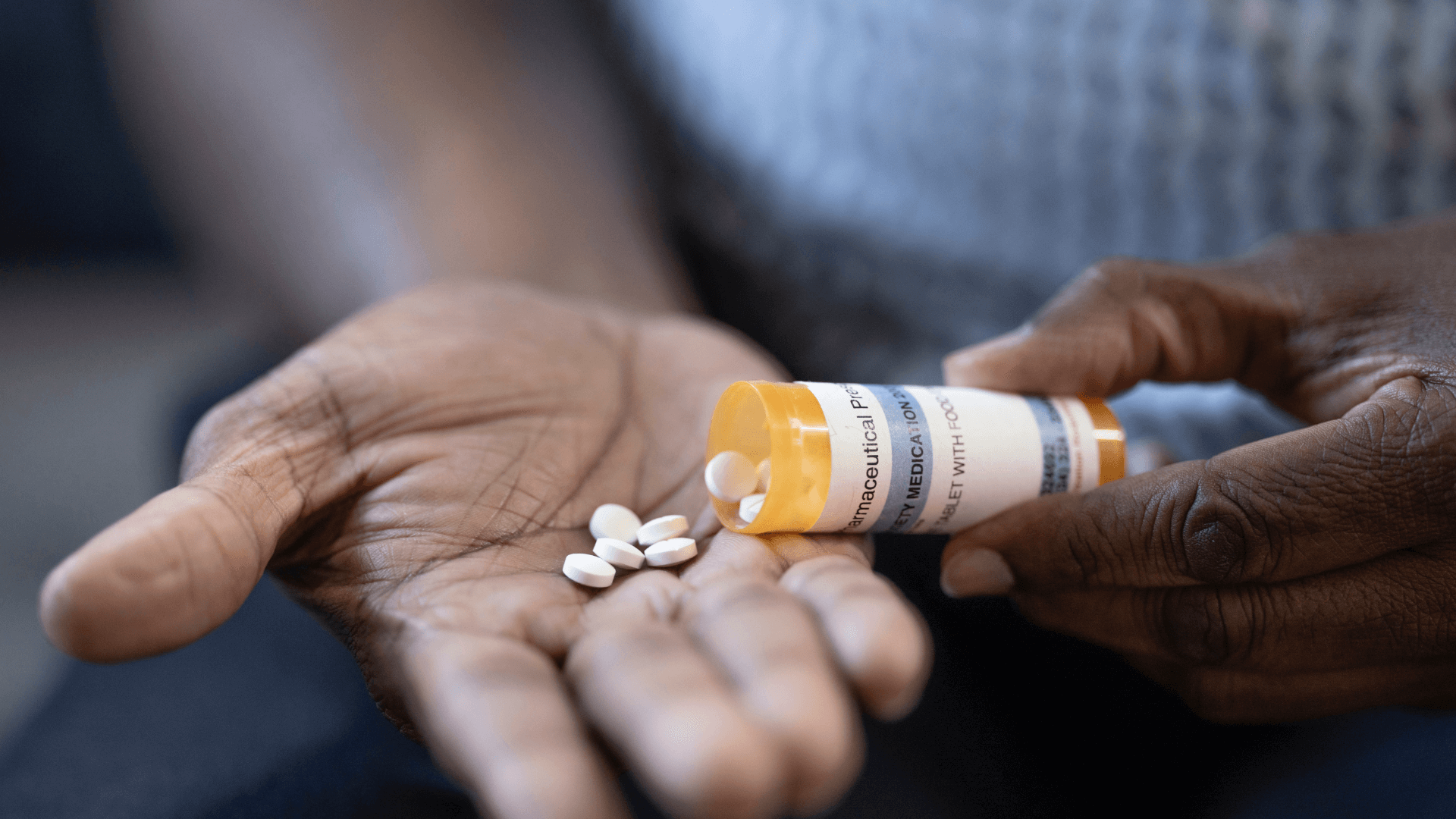During the summer, Smartway’s EAP team participated in an EMA workshop about the opportunities and challenges of using Real World Data (RWD) and Real World Evidence (RWE) in regulatory processes. The workshop, conducted by the European Medicines Agency (EMA), a body dedicated to driving excellence in evaluating and supervising medicines for public health in the European Union (EU), was insightful and significant. This is particularly relevant for Smartway and our pharma and biotech clients as RWD/E have, for a good reason, become integral components of Early Access Programs (EAPs).
We have been partnering with pharmaceutical and biotechs for decades, asking us to design, implement and manage global Early Access Programs. The primary reason to conduct an EAP is obviously to enable patient access to innovative therapies where there is unmet clinical need. However, EAPs also serve as a resource for gathering RWD and RWE, providing a unique opportunity to acquire valuable insights to shape the future of that therapy. This evidence is increasingly being used by both regulators in the approval process and health authorities during reimbursement negotiations.
Since our first EAP, we have placed patients at the heart of every program, prioritising their safety while ensuring that we consistently meet our partners’ objectives. Recognising the positive impact of RWD/E, we have been integrating these elements into our EAPs in recent years. Drawing on our expertise in data collection and fostering collaboration between both the manufacturer, healthcare professionals (HCPs), and patients, we design an effective RWD collection strategy that is of real benefit to partners. We construct a comprehensive data collection system with data points that are tailored to meet their specific data analysis objectives.
The EMA workshop was a collaborative sharing of how RWD and RWE have developed in the last few years and the course for the next period. Across the two days, there were lots of learnings, but here are the key take homes from the Smartway team.
1. Real World Data/Evidence is here to stay
Real World Data/Evidence has now been accepted as a valuable source of information and secondary data by all major regulatory bodies and many healthcare payors. Note the use of secondary, it has rightly been seen as complementary to robust clinical trial data. The COVID-19 pandemic and the Real World Data collected on both vaccines and treatments have advanced the acceptability and use of RWD. We can expect more developments on this topic in years to come both in terms of regulatory consistency and alignment across EU member states. EAP sponsors should build a clear RWD approach into their EAP strategy depending on their individual circumstances.
2. The focus is currently on vaccines, but huge attention is being paid to Rare Diseases
The focus is still on vaccines and emergency treatments, including COVID-19 therapies, but there is a widespread acknowledgement that Rare Diseases and Orphan Drug development may be one of the most fruitful areas for RWD to move forward knowledge and treatment. We should expect funders, in particular, to be requesting Real World Data to support successful reimbursement applications, which will enable greater access. Especially in Rare Diseases with smaller trials in both size and geographic scope, EAPs provide a useful mechanism for the collection of Real World Data/Evidence. It’s why we integrate it into our EAPs at the design stage.
3. Consistency of data collection and storage is (thankfully) coming
The range of data standards, collection formats and methods are significant; there is no one size fits all. The long-term work of Data Analysis and Real World Interrogation Network (DARWIN EU) will drive consistency and standards across healthcare systems and member states. Manufacturers initiating EAPs need to ensure that the collection systems and formats they put into place are of the quality and standards that would enable the data to be fed in going forward but also, that the data collected is of real use to the manufacturer, biotech, or sponsor.
4. Don’t forget the registries
Many areas where RWD is being collected via EAPs are also subject to numerous registries conducted by charities, patient groups in addition to research organizations or pharmaceutical companies. It is important that any EAP Real World Data collection system is designed to complement the existing registries and enable a full as possible view of the data to be taken. By the integration of registry and EAP Real World Evidence, a more comprehensive case to regulators and funders. It is important that sponsors, when designing EAP Real World Data collection, examine existing registries and design in that context.
5. Each situation is unique
With the differing regulations surrounding EAPs in member states combined with differing commercial and development goals, it is certainly not a case of replication across programs. Each therapy needs to be assessed carefully, and the most appropriate model put into place. This process needs to take place early and before the program has started.
Additionally, since EAPs typically operate across various jurisdictions, the extent of RWD collection may be subject to program-specific obligations or restrictions. To ensure adherence to regulatory requirements, our EAP team works closely with Smartway’s regulatory team and employs their expertise and experience with local regulations to curate compliant data sets in each country. This is especially true, given that different jurisdictions will have different data/privacy obligations – which is an important consideration. Heavy penalties follow non-compliance.
For a more detailed analysis of Real World Data/Evidence in Early Access Programs and how this could benefit your development and commercialisation plan, please contact one of the members of the Smartway consultancy team.
References
1. European Medicines Agency (EMA) (https://www.ema.europa.eu/en/about-us/what-we-do)






